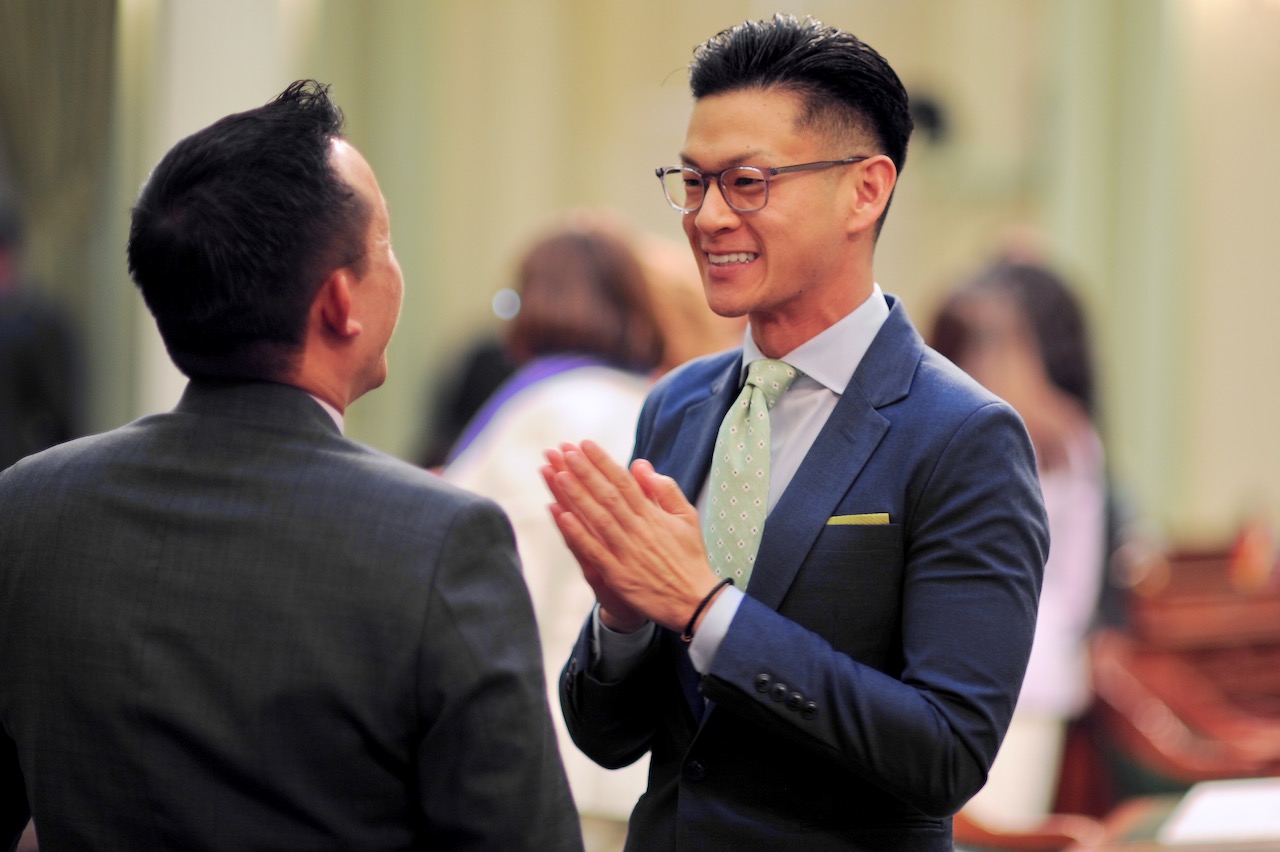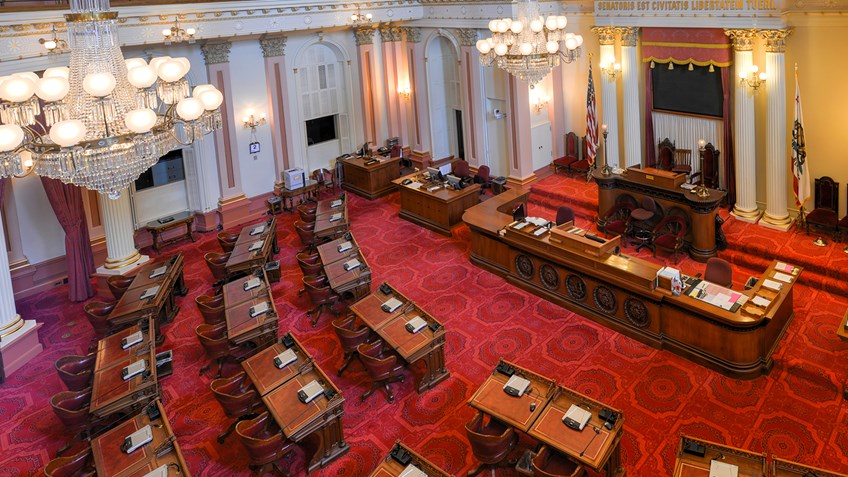
What is Gender-Neutral Legislative Drafting?
Drafters are encouraged to avoid the use of gender-specific nouns
By Chris Micheli, November 3, 2020 6:19 am
Like many of the states, California has adopted and therefore requires the Office of the Legislative Counsel to draft measures (bills, resolutions, and constitutional amendments) in a gender-neutral manner. What does that mean? How does it work? Specific to California is Assembly Concurrent Resolution (ACR) 260, which is Chapter 190 from the 2018 Legislative Session.
According to this measure, it is intended to encourage the Legislature to engage in a coordinated effort to revise existing statutes and introduce new legislation with inclusive language by using gender-neutral pronouns or reusing nouns to avoid the use of gender pronouns. In addition, ACR 260 encourages state agencies to engage in similar efforts to use gender-neutral pronouns and avoid the use of gender pronouns when drafting policies, regulations, and other guidance.
The text of ACR 260, by Assembly Member Evan Low, reads as follows:
WHEREAS, California has the highest population of lesbian, gay, bisexual, and transgender (LGBT) people in the United States. It is often the legal “gold standard” for nondiscrimination policies and laws to protect LGBT individuals in the areas of employment, housing, and education, which other states often emulate in their own policies and laws; and
WHEREAS, One area that has come to the forefront in the last few years is the treatment in this state—and even in the state capitol—of transgender people and people who do not identify with the traditional gender binary; and
WHEREAS, Legislatively, this state has done much to address and protect the transgender and nonbinary community, but there are still things transgender and nonbinary people face daily, big and small, that undermine their recognition, representation, and very existence in society; and
WHEREAS, The drafting guidelines of the Office of Legislative Counsel direct drafting the language of legislation in a gender-neutral form. The implementation of the guidelines does an excellent job of reducing the amount of gendered language within codified and uncodified state statutes as legislation is introduced or amended; and
WHEREAS, Gendered language nonetheless persists in state statutes as many older provisions of codified law have not been amended or repealed and thus remain unchanged; and
WHEREAS, The use of the pronouns “he” or “she” for individuals is not inclusive of all transgender people, nonbinary people who may not ascribe to a particular or fixed gender, or people who otherwise use different pronouns; and
WHEREAS, One grammatical technique to avoid gendered pronouns is to reuse the noun in lieu of a pronoun. A number of states’ drafting manuals for legislation recognize this style usage, including the manuals for this state, Connecticut, Montana, and North Dakota; and
WHEREAS, Other usages that address the issue include creating new words to serve as gender-neutral pronouns and expanding the use of the word “they” to include its use as a singular pronoun. The latter usage is becoming more widespread; and
WHEREAS, Certain writing style guides, including the “Chicago Manual of Style” and the Associated Press stylebook, have recently accepted the use of “they” as a singular pronoun in certain cases; and
WHEREAS, The use of “they” as a singular pronoun is inclusive of transgender or nonbinary persons in addition to persons of the male and female genders; and
WHEREAS, It should be a priority for this state to make sure that the language we use to draft our laws, applicable to all persons, recognizes and represents all persons; now, therefore, be it
Resolved by the Assembly of the State of California, the Senate thereof concurring, That the Legislature should engage in a coordinated effort to revise existing statutes and introduce new legislation with inclusive language by using gender-neutral pronouns or reusing nouns to avoid the use of gendered pronouns; and be it further
RESOLVED, That state agencies should engage in similar efforts to use gender-neutral pronouns and avoid the use of gendered pronouns when drafting policies, regulations, and other guidance; and be it further
Resolved, That the Chief Clerk of the Assembly transmit copies of this resolution to the author for distribution.
California is one of many states that requires gender-neutral drafting. Section 5.8 of the Colorado Legislative Drafting Manual is indicative of other states’ requirements. It begins, “The Executive Committee of Legislative Council has directed that gender-neutral language be used for all legislative measures. The Committee on Legal Services has formally approved guidelines for the use of gender-neutral language.” The Manual goes on to provide explicit directives to bill drafters in that state.
Basically, in California and most other states, bill drafters are to avoid male or female gender terms, except when a gender-specific term is applicable. Nonetheless, in most instances, drafters are admonished to make sure that neither intent nor clarity of language is sacrificed when using gender neutral language. And, of course, standard grammar and punctuation standards should also be followed by the bill drafter.
Legislative drafters are also making their way through statutory provisions in order to transition over to gender neutral language with existing laws. As a result, in addition to using gender neutral language in new statutes being proposed in legislation, existing code sections are also being reviewed and modified to ensure compliance with this guidance.
Pursuant to this guidance, drafters are encouraged to avoid the use of gender-specific nouns and, instead, use gender neutral language. For example, use “police officer” rather than “policeman,” or use “presiding officer” instead of “chairman.” While these examples likely appear to be obvious, it can be difficult in drafting measures using gender neutral language to avoid gender-specific pronouns.
As a result, suggestions to the legislative drafter include repeating the subject of the sentence, omitting the phrase with the pronoun if the phrase is not needed, or even rewriting the sentence to avoid the need for using a pronoun. In many instances, drafters are being told to not use phrases such as “he or she” and “his or her.”
Gender neutral legislative drafting ensures that state statutes and regulations are inclusive of all individuals and residents of the state, and comports with current national drafting guidance.
- Joint Debtors in California - December 27, 2025
- Division of Property in California - December 27, 2025
- Agency Adoptions - December 26, 2025





The kooky Democrats are going to put The Onion out of business.